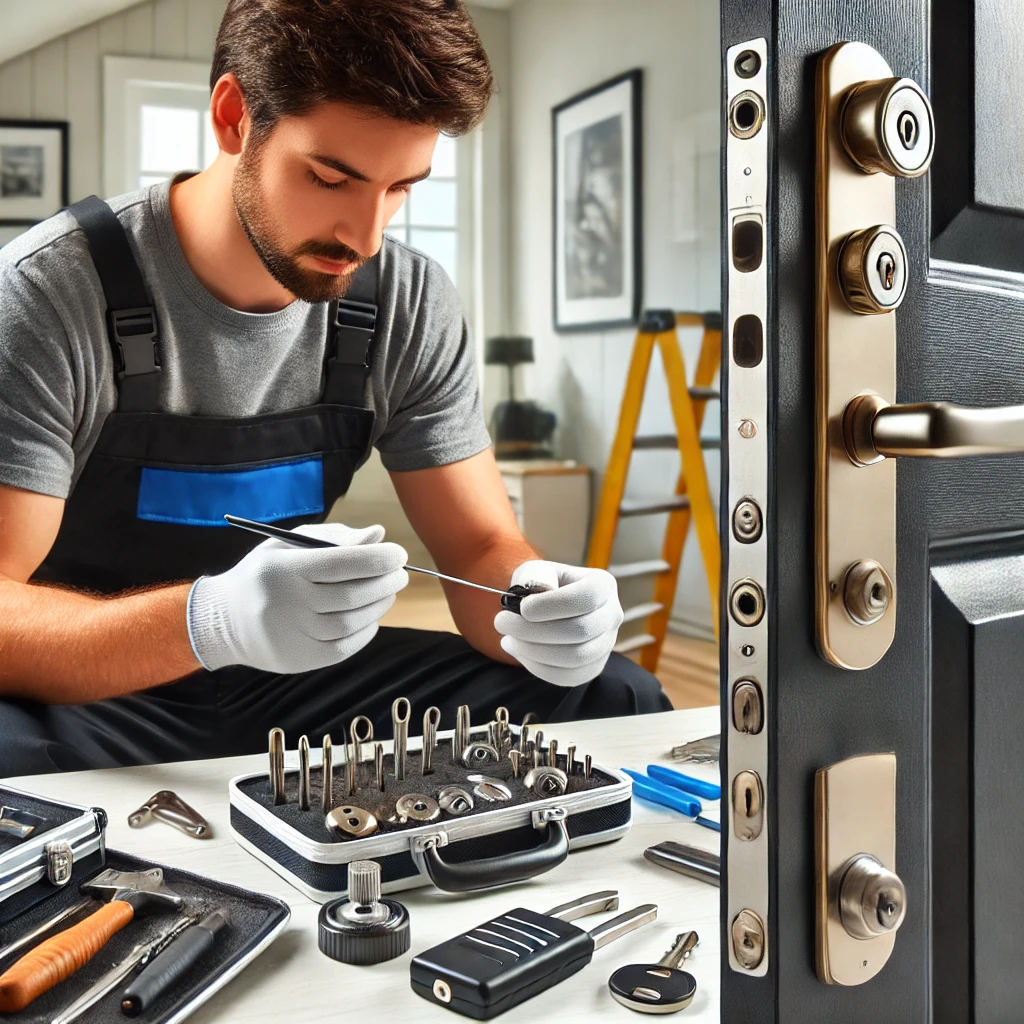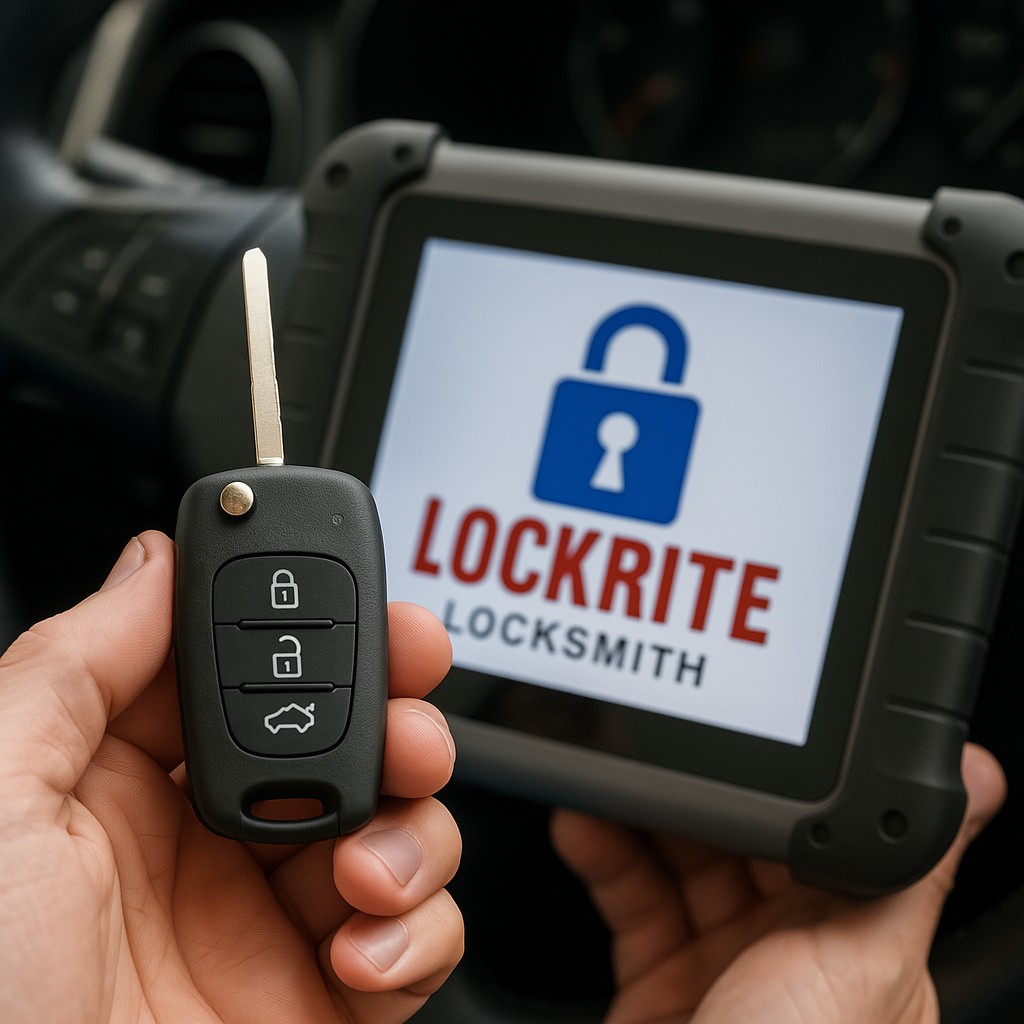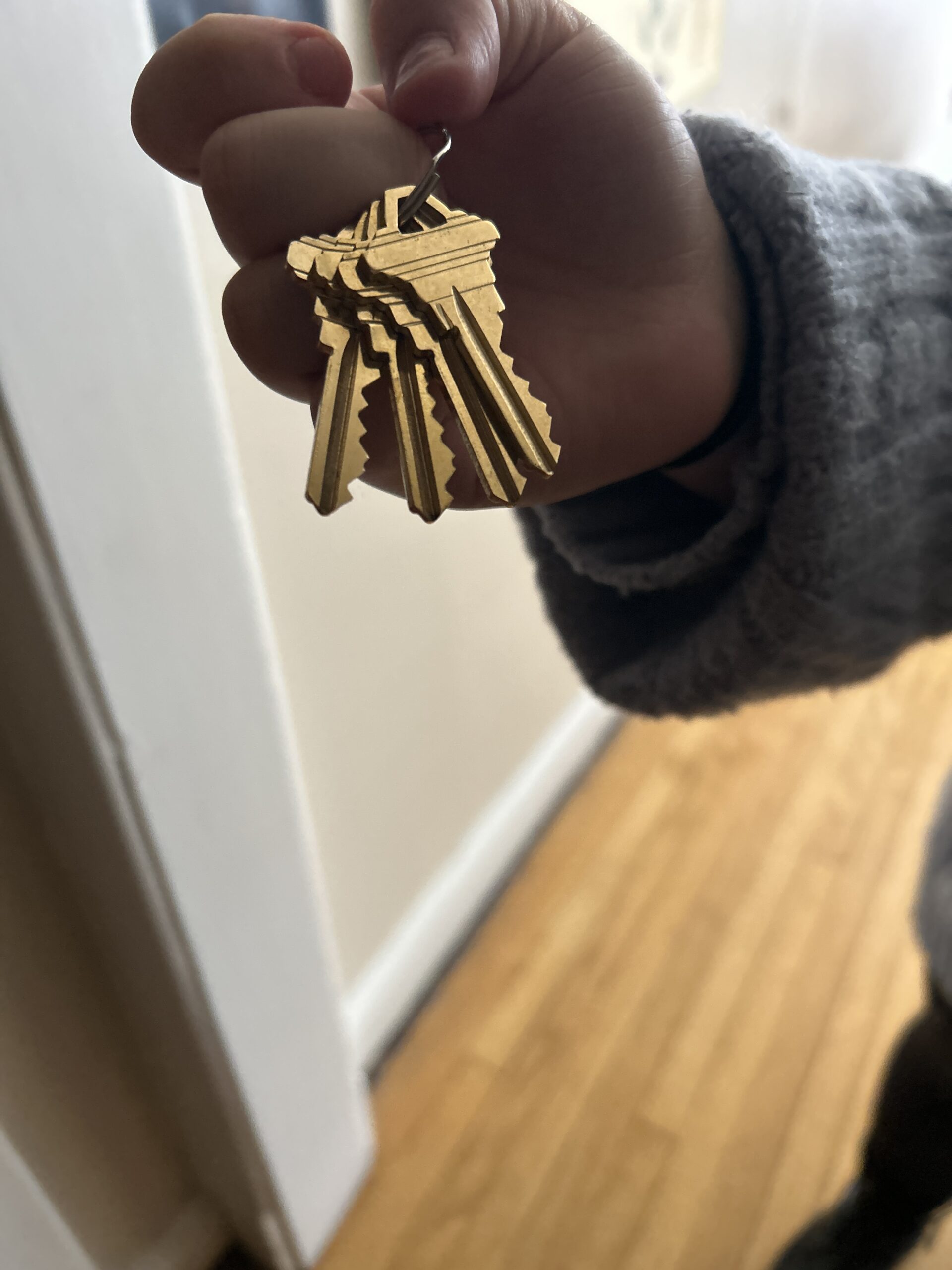 How to Rekey a Lock: The Ultimate Guide
How to Rekey a Lock: The Ultimate Guide
Enhance your home’s security by rekeying or replacing your locks. Discover the best option for your needs and learn when it’s time to hire a professional.
by Nathan Redfern
Updated 12/17/2024
Rekeying a lock is a valuable skill for homeowners who want to boost security without replacing the entire lock. This process involves altering a lock’s internal components so that it works with a new key, making old keys useless. Whether you’ve moved into a new home, misplaced your keys, or want to improve your home’s security, this guide will help you understand how to rekey locks, when to hire a professional, and how to do it yourself.
What is Lock Rekeying?
Lock rekeying is the process of changing a lock’s internal mechanism to work with a new key while keeping the existing hardware. This typically involves adjusting the pins or wafers inside the lock cylinder, which are the parts that interact with the key to either allow or prevent the lock from turning. Rekeying is often more affordable and less invasive than replacing a lock, especially if the lock is still in good condition.
Rekeying vs. Replacing a Lock
Choosing whether to rekey or replace a lock depends on several factors. Here’s when each option makes sense:
When to Rekey a Lock:
After a break-in attempt
To make all locks compatible with one key
If keys are lost or stolen
When moving into a new home
If the locks are in good working condition
When to Replace a Lock:
If you want to update the style or finish of your door hardware
For locks that are outdated, worn out, or damaged
When upgrading to a more secure lock type
If the lock cannot be rekeyed
If your lock shows signs of wear or if you want to improve your security, replacement may be the best choice.
Tools and Materials for Rekeying a Lock
To rekey a lock, you’ll need:
Flathead screwdriver
Key gauge (optional)
Needle-nose pliers
New keys
Rekeying kit (specific to your lock model)
A rekeying kit includes new pins, springs, and tools for removing the cylinder plug. Be sure to get a kit that matches your lock’s brand and model.
Step-by-Step Guide to Rekeying a Lock
Rekeying a lock involves a series of precise steps. Here’s a simplified overview:
Remove the Lock Cylinder
Take the lock off the door.
Find and remove the retainer ring or clip.
Extract the cylinder.
Disassemble the Lock
Insert the current key to align the pins.
Use the plug follower tool to push out the cylinder plug.
Carefully remove the old pins and springs.
Replace the Pins
Insert the new key and use a key gauge to find the correct pin sizes.
Place the new bottom pins into the plug chambers.
Add new springs on top of each pin.
Reassemble the Lock
Reinsert the plug into the cylinder.
Replace the retainer ring or clip.
Test the lock with the new key.
This is a general guide; the exact process may vary depending on the type of lock.
Different Types of Locks and Rekeying Methods
Not all locks are the same, and each requires a different rekeying method:
Disc Tumbler Locks: Common in padlocks and specialized door locks, they use rotating discs instead of pins. Rekeying requires special tools.
Pin Tumbler Locks: The most common type for residential use, using a series of pins. Rekeying involves swapping the pins to fit a new key.
Wafer Tumbler Locks: Found in older homes and some cars, these use flat wafers. Rekeying is similar to pin tumbler locks but requires replacing wafers.
Challenges of Rekeying a Lock
While rekeying is relatively straightforward, common challenges include:
Damaging small components like springs
Difficulty removing the cylinder plug
Incorrectly measuring new pins
Misaligning pins during reassembly
If you encounter issues, it may be best to hire a professional locksmith to avoid damaging the lock.
Professional Lock Rekeying Services
Hiring a professional locksmith comes with several benefits:
Expertise in various lock types
Guaranteed results, often with a warranty
Faster and more efficient service
Cost of Professional Rekeying
The cost of professional rekeying typically ranges from $50 to $100 per lock, depending on the type and location. While more expensive than doing it yourself, it saves time and ensures a high-quality result.
DIY Rekeying: Pros and Cons
Pros of DIY Rekeying:
Cost-effective
Flexible schedule
Builds DIY skills
Cons of DIY Rekeying:
Potential for lock damage
Security risks if done improperly
Time-consuming
Maintaining Your Rekeyed Lock
Proper lock maintenance is essential to ensure its longevity and security:
Apply a silicone-based lubricant annually (avoid oil-based products).
Regularly check for loose screws and signs of wear.
Clean the lock with a dry cloth.
Rekeying Multiple Locks to One Key
Rekeying multiple locks to fit the same key requires careful pin selection. A key decoder or assistance from a locksmith can help you ensure the correct pin sizes for each lock, offering convenience with a single key for all locks.
Security Tips After Rekeying a Lock
Once your locks are rekeyed, take additional steps to ensure your home’s security:
Limit who has spare keys
Consider adding deadbolts for extra security
Explore master key systems for controlled access
Ensure all entry points are secure
Where to Get Locks Rekeyed: Hardware Stores vs. Locksmiths
Hardware Stores
Many hardware stores offer lock rekeying services and sell rekeying kits for DIY projects. While convenient, they may have limited options and expertise compared to locksmiths.
Locksmiths
Professional locksmiths handle more complex locks and offer personalized services. They also provide on-site rekeying and can offer tailored security advice.
Conclusion
Rekeying a lock is an effective way to improve your home’s security without replacing locks entirely. While DIY rekeying can be a rewarding skill, professional services are a great option for those dealing with complex locks or preferring a hands-off approach. Regular maintenance and rekeying can ensure your home remains secure.








